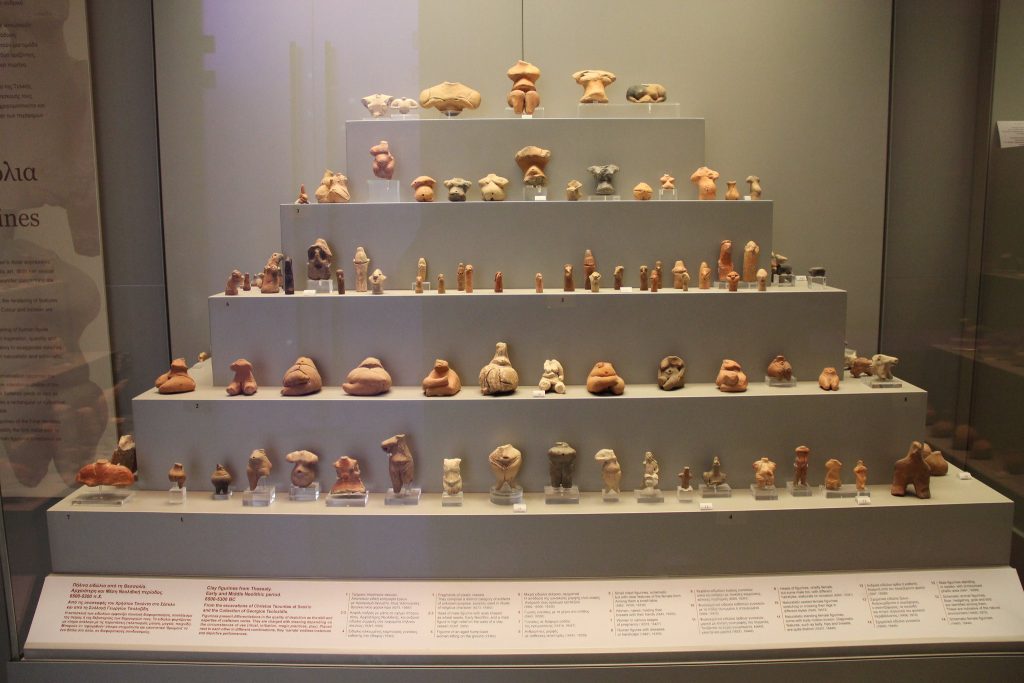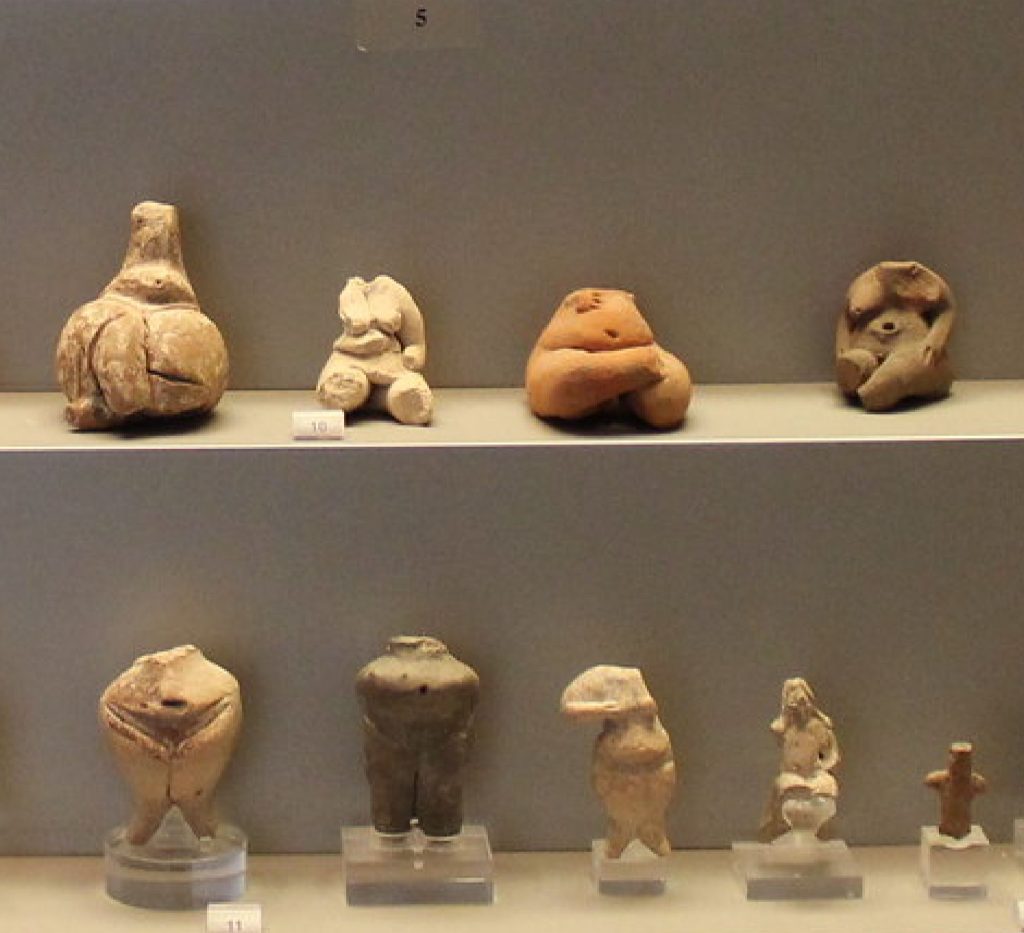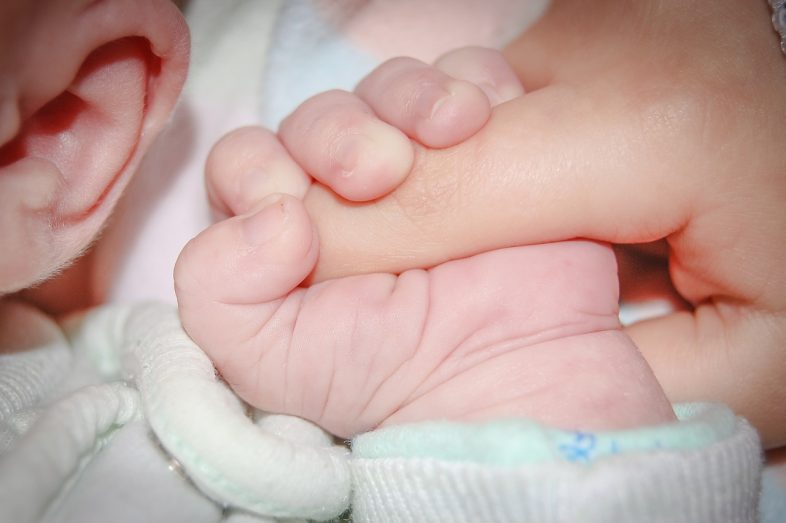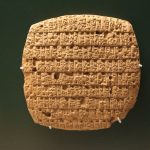First let’s give Applied Biliteral Etymology (ABE) a chance to clear this:
It has been said that the difference between “mum” and “mom” is the same as the one between “colour” and “color”—the former is used predominantly in British English and the latter in American English.
One asked: If “mom = mother” then why “mum” isn’t “muther”?*
A more comprehensive question is why do speakers of European languages use so many words for mother?
German: mutter; Dutch: moeder; French: mère; Italian: madre; Norwegian: mor; Basque: ama, etc. Add to these Hindi: maan, Arabic: um/im/ma and Akkadian: umm.
Words such as mother, father, brother, uncle, etc. are not first generation Stone Age biliteral roots as our migrant ancestors were small groups and they all knew each other. First generation roots were the basic words needed for survival. One such word is *M’ “drinking water” and other drinkable liquids” whereas the word for sea and salt water is *YM.
The mother is the provider of milk, water and food. Her association with milk, water and other drinks is clear from the fact that the word for water (*M’) is the same for mother (ma and mama). This biliteral root appears to be primary or invented first. The secondary root is the reversed order of the two letters of the root, i.e. *’M.
Mom is different from mother as both derive from two different roots. Mom is from *M’ whereas mother is from *MT, a curious biliteral root present in several languages in two other forms: *MD and *MṬ. The core meaning of the three forms of the biliteral is “extend, related to, part of,” etc., and they can be exchangeable.
th is a digraph made of two letters that spell one sound. It is used in textual Arabic but in Ancient Arabic or Akkadian. In a word like mother, th is a corruption of t. Corruptions are changes that alter the original biliteral root and obscures all its extant extensions. substituting a heavy letter such as ‘g’ for ‘k’ is a migration not a corruption because most people can pronounce ‘g’ but their alphabets may not serve the letter ‘g’.
French mère and Norwegian mor appear to derive from a different but very ancient biliteral root: *’R known in words such as earth, area, erotic, Eros, etc. This is a first generation biliteral root with a huge semantic domain. Meanings include, sex, penis, cunt, bottom, marry, earth and dozens more. Gender is a relatively new concept in languages. Words such as mar’ “man” and mar’a “women” are triliteral formations. During the Stone Age the biliteral (*R’) meant “boy, girl, man, woman,” etc.
Akkadian serves a large number of entries from *R’ and its secondary *’R. Here is a sample but note please it is the origin of marry and marriage.
- mar ʾ at mar ʾ iti : [Human → Family] granddaughter
- mar ‘ at šatti : [Animals] ewe , one-year-old ewe
- mār aḫ-abi : [Human → Family] a cousin ;
- mār aḫati(m) : [Human → Family] nephew , sister’ s son
- mār aḫāti : [Human → Family] nephew , sister’ s son
- mār aḫi(m) : [Human → Family] nephew , brother’ s son
- mār āli : a townsman , a citizen ;
- mār ālūtu : [Government] citizenship ;
- mār atāni : [Animals → Domestic] a donkey foal ;
- mār bani °: [Government] nobility
- mār banî: [Government] a nobleman , an aristocrat , a titled person ;
- mār damqi: aristocrat , chariot-knight / soldier (?) ;
- mār damqi: a nobleman , an aristocrat , a high official in the kingdom , a titled person ;
- mār damqūtu: [Army → Weapons] chariot fightership , chariot knighthood ;
- mār emi: [Human → Family] a brother-in-law ;
- mār gallābī: [Measures] member of the barbers
- mār ḫabbati *: [Legal] a robber , a plunderer , a bandit , a looter (?) ;
- mār mar ‘ i: a grandchild , a grandson
- mār marʾi: [Human → Family] grandson
* https://english.stackexchange.com/…/uk-us-english-if-mom-mother-then-why-mum-isnt-…

Gary Todd
Ancient Greece Neolithic Clay Figurines from Thessaly, 6500-5300 BC

Last modified: June 2, 2023



